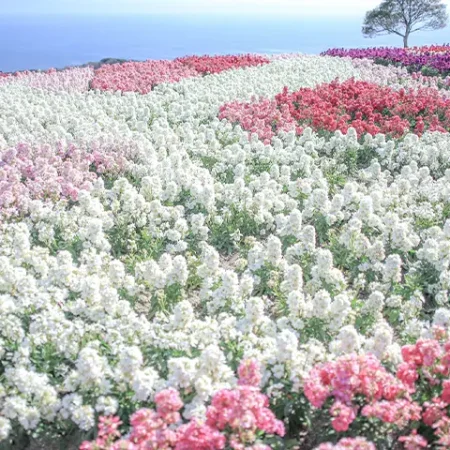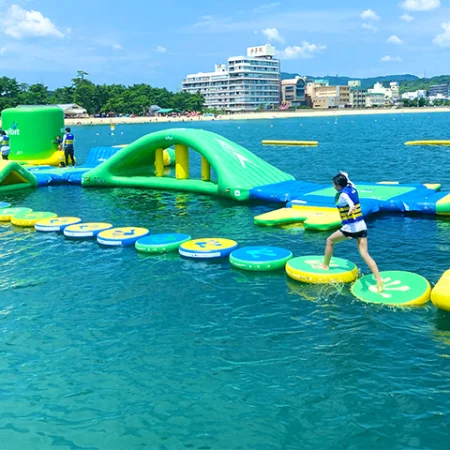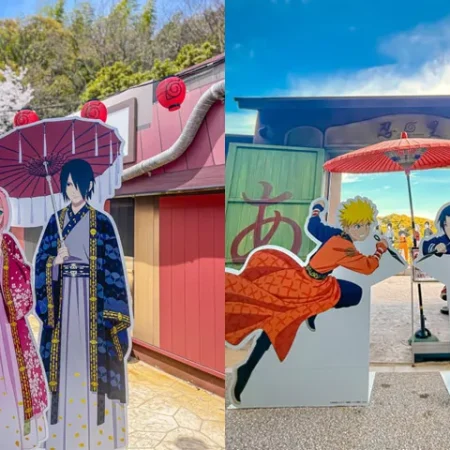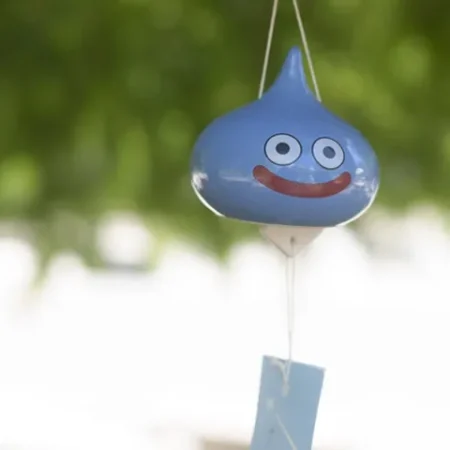Heritage tourism refers to travel that is centered around experiencing the heritage of a location. This consists of visiting historical sites, landmarks, and cultural attractions that highlight the traditions and important events of a particular area.
Japan is one of the best countries for heritage tourism. Today, we will focus on Awaji Island, known as the first island to exist in Japan.
Table of Contents
Recent Trends in Heritage Tourism
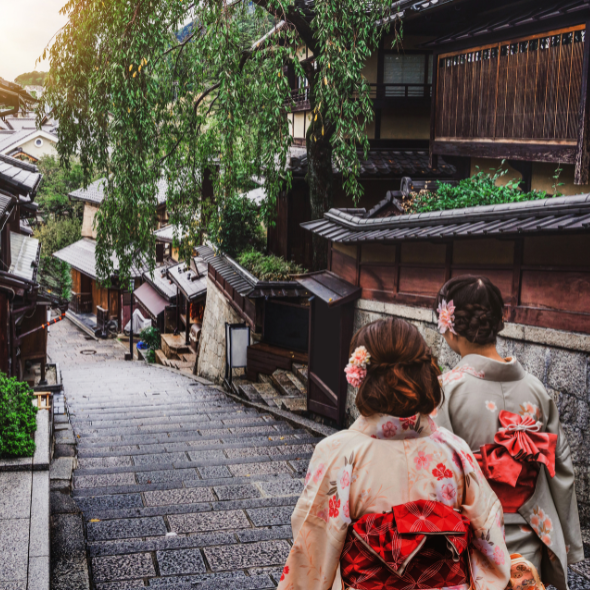
As modern society progresses, there is a growing awareness and desire to preserve cultural identities. Heritage tourism supports this by fostering a deeper appreciation and understanding of diverse cultures and histories.
Many travelers seek enriching experiences that offer educational value, as visiting historical sites and museums provide hands-on learning opportunities that books and online resources cannot match.
Another perspective of heritage tourism is that it can significantly boost local economies by creating jobs, supporting local businesses, and promoting the conservation of cultural sites.
You might have also heard of cultural tourism before. Heritage tourism is essentially a subset of cultural tourism, but cultural tourism focuses more on experiences and events, while heritage tourism emphasizes local traditions and the historical significance of a location.
Heritage Tourism on Awaji Island
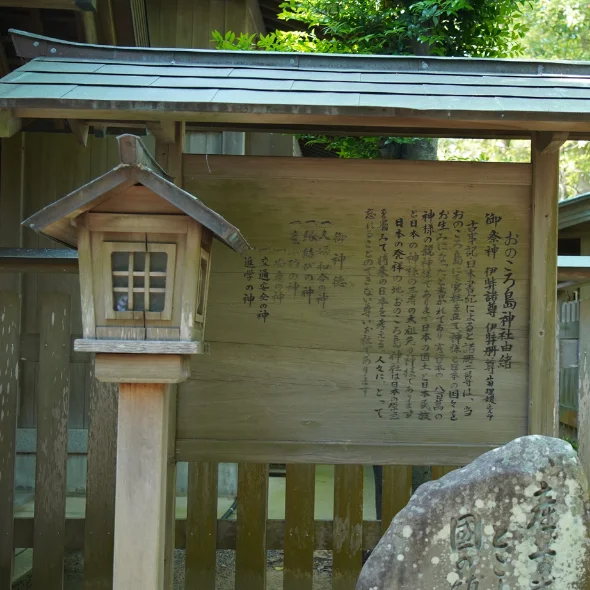
An interesting fact about Awaji Island is that, according to the Kojiki, Japan’s oldest historical record, it is considered the first island in Japan. Historically referred to as “Onokoro Island”, the name comes from the Japanese term “onokoro-shima”, which loosely translates to “self-forming island”.
According to legend, the gods Izanagi and Izanami stirred the chaotic sea on the earth with a divine spear and a drop of salty water from the tip of the spear dripped to become salt, resulting in a form of land. This place, known as Onokoro Island, is recognized in the Kojiki as Awaji Island, marking its significance in Japanese mythology.
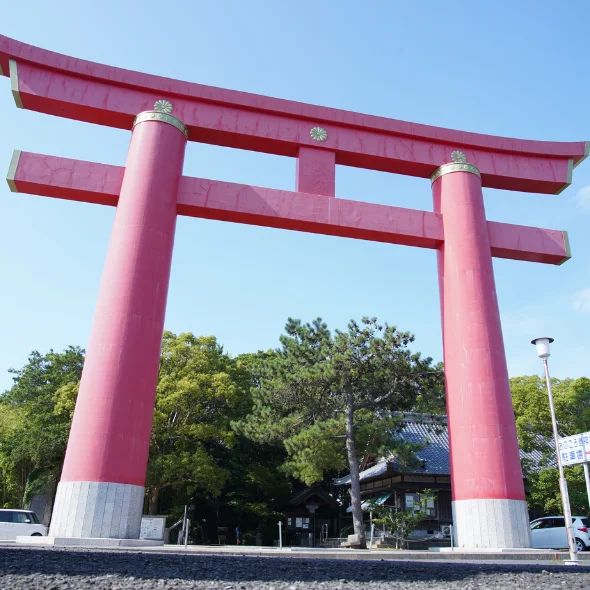
While Awaji Island is believed to be the first island in Japan, its exact historical location of Onokoro Island remains a mystery. However, several sites on the island are considered potential candidates, attracting tourists interested in exploring the history of Awaji Island and Japan.
With the rising trend of heritage tourism in recent years, Awaji Island has become increasingly popular, drawing visitors not only from Japan but also from abroad.
Nushima: The Enigmatic Island South of Awaji Island

Nushima is a small island located in the southern part of Awaji Island, with a circumference of just 10 kilometers. Its crescent shape resembles traditional Japanese beads with high cultural values known as magatama.
Among various locations associated with Onokoro Island, Nushima stands out as a strong contender, as it is home to several mythical sites, including Onogoro Shrine and Kamitategami Iwa (the Rising and Forming Sacred Creation Rock of Shinto).
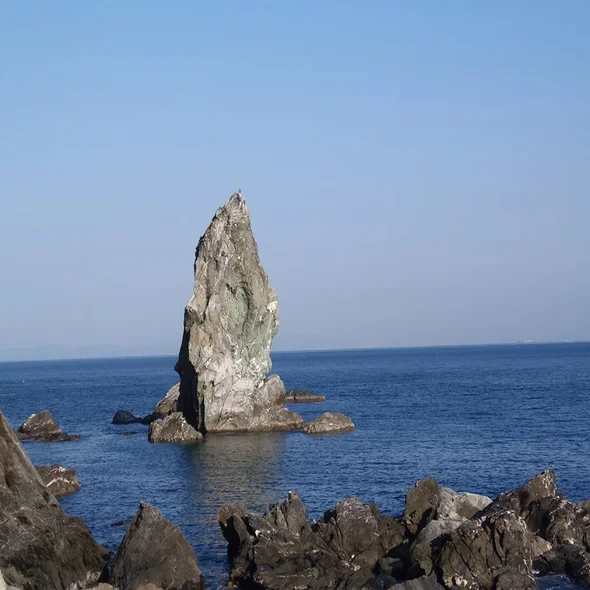
There is also the popular Holy Standing Rock, a picturesque formation that rises dramatically from the water.
If you want to learn more about the history of Japan and Awaji Island, this is a must-visit destination. For heritage tourism, it is often one of the first places that comes to locals’ minds.
Eshima: A Little Island with a Rich History

Eshima is a small island located to the north of Awaji Island and is also a potential candidate for Onokoro Island. Nearby, Iwakusu Shrine and Ebisu Shrine hold significant importance in Japan’s creation narrative. Although direct access to Eshima may not be feasible, visitors can still enjoy its enchanting beauty from the surrounding areas.
Izanagi Shrine: A Key Element of Japan’s Historical Heritage
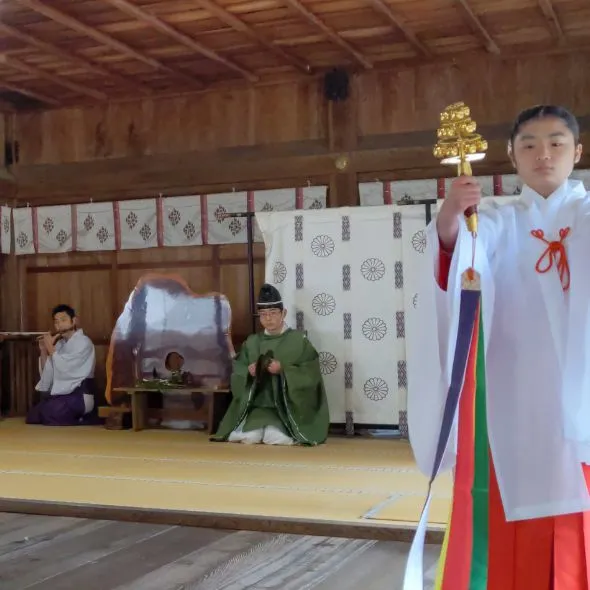
Izanagi Shrine is not a candidate for Onokoro Island, but it remains a significant site honoring Japan’s rich history. According to legend, the shrine is a remnant of Izanagi’s homeland, built where he spent his final days after entrusting his powers to his daughter, Amaterasu.
Visitors can explore the shrine grounds, where they will encounter a magnificent sacred oak that has gracefully stood for nine centuries, experiencing the blessings of Gods. The shrine itself is believed to be one of the oldest in the country.
Summary
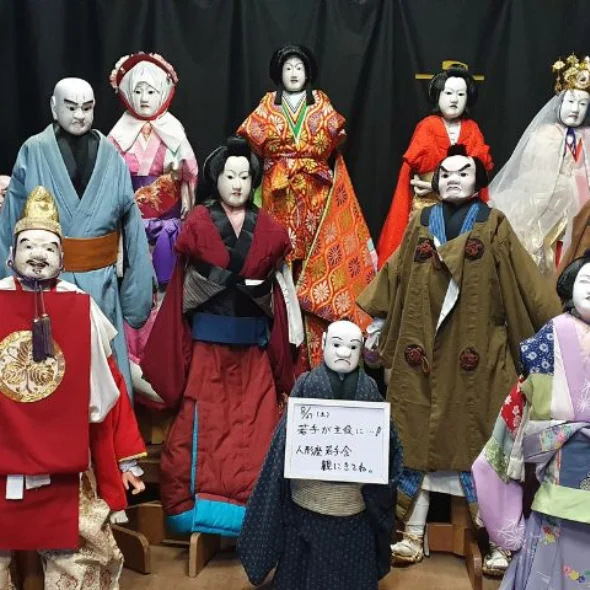
Heritage tourism has become an important aspect of Awaji Island’s tourism in recent years, given the island’s rich history. If you’re also interested in cultural experiences that align more with cultural tourism, Awaji Island is an ideal destination.
It offers a variety of enriching hands-on activities, from creating your own Awaji tiles and incense to even engaging in anime-related experiences.







